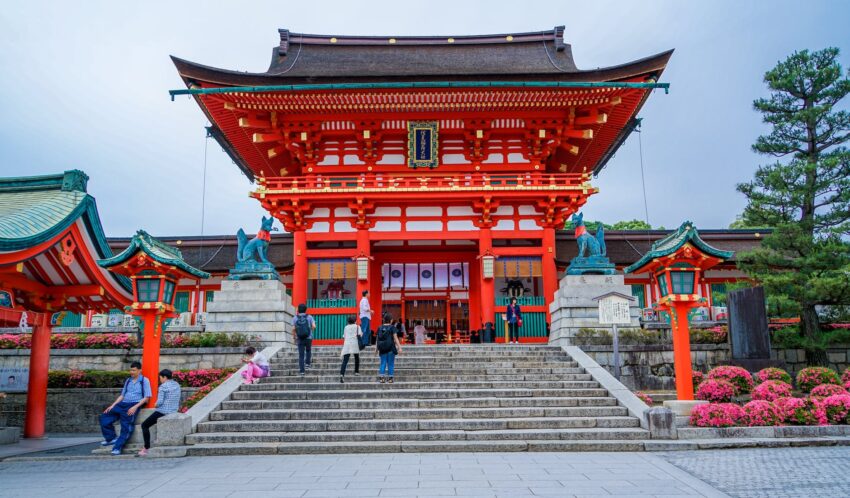The psychedelic experience is a sensorial journey that has fascinated humankind for millennia. A deep dive into the history and culture of psychedelics reveals a rich tapestry interwoven with indigenous traditions, spiritual practices, and transformative art. Intriguingly, these substances, often categorized as entheogens, have inextricably entwined themselves within our collective human narrative, serving as spiritual conduits and catalysts for countercultural upheaval.
The history of psychedelic usage traces its roots back to indigenous traditions. These ethnic societies recognized the potential of these substances in rituals and spiritual practices, utilizing them in rites of passage, healing ceremonies, and divination rituals. One prehistoric example of psychedelic use was the consumption of Psilocybe (magic mushrooms) in Central and South American societies, predating even the rise of the Aztecs.
These indigenous cultures employed psychedelics as gateways to the spiritual realm, an integral facet of their worldview. The shamanism synonymous with this usage facilitated spiritual journeys, healing, and communication with the spirit world. Also noteworthy is the usage of the Ayahuasca brew in Amazonian cultures, central to their spiritual and healing practices, even today.
Over time, the knowledge of these psychedelic substances traveled throughout the world, leading to their incorporation into various cultures. The Eleusinian Mysteries, a series of ancient Greek spiritual practices, allegedly employed a psychedelic brew. Fast forward, psychedelics entered the Western consciousness prominently in the 1950s and 60s, birthing the counter-culture movement.
This radical societal shift adopted psychedelics in their pursuit of mind expansion and alternative consciousness. This era saw increased consumption of substances like LSD and magic mushrooms, shifting societal paradigms. Psychedelics not only spurred musical and artistic innovation but instigated important dialogues on spirituality, individuality, and societal norms. The profound impact of psychedelics on this period is difficult to overlook, leading some to label it as a ‘psychedelic renaissance.’
This historical period also saw an explosion of psychedelic art, an influential genre that vividly represented the subjective psychedelic experience. Artists like Alex Grey transformed their transformative experiences into stunning visual narratives impacting the art world greatly. Consequently, psychedelic art became a cornerstone in modern culture.
Yet, despite their cultural and historical significance, there’s been considerable resistance against psychedelic substances. They’ve often been demonized, leading to stringent controls and regulations worldwide. This prohibitive stance has stifled research into psychedelic substances, neglecting their potential therapeutic benefits in treating mental health disorders like PTSD, anxiety, and drug addiction.
However, current trends are promising, indicating a burgeoning renaissance for the medical use of psychedelics, reminiscent of indigenous traditions. Increasing evidence supports the use of substances like psilocybin and MDMA in treating various mental health ailments, pointing towards an interesting crossroad where ancient practices meet modern science.
In conclusion, the history and culture of psychedelics have stretched like tendrils into various aspects of our existence – from their entwined roots in indigenous cultures to their impact on art and countercultures. To grasp the significance of their cultural footprint, it’s vital to appreciate psychedelics not just as substances but as entheogens. They provide us an externalized realization of our innate capacity for transcendence, standing as complex symbols of humanity’s age-old quest for understanding the self and our place in the cosmos.
